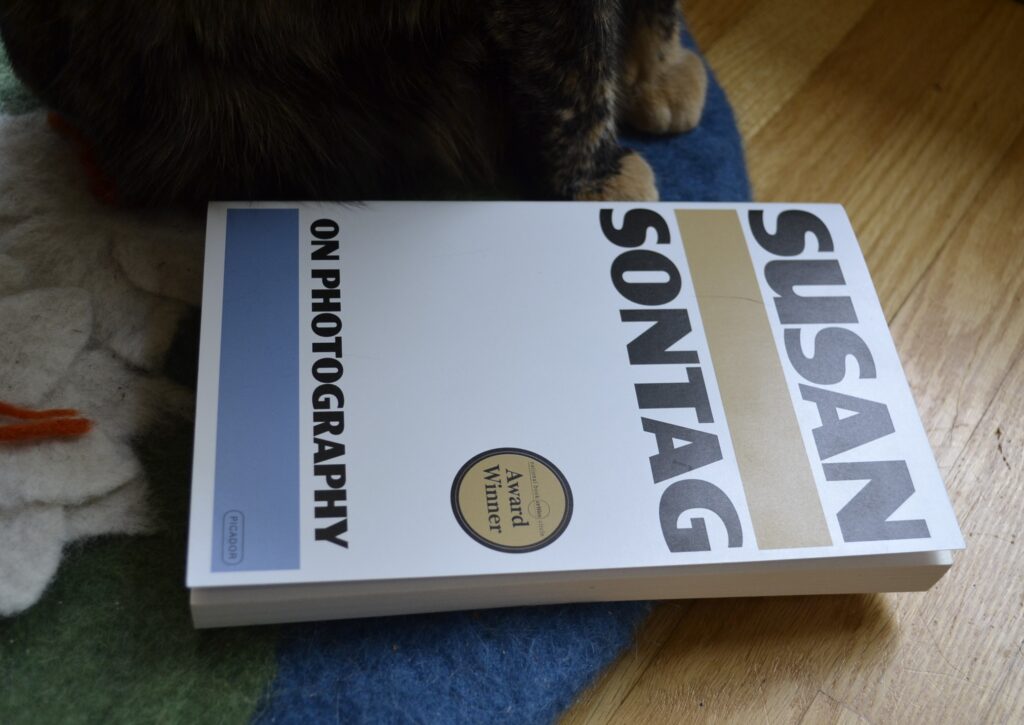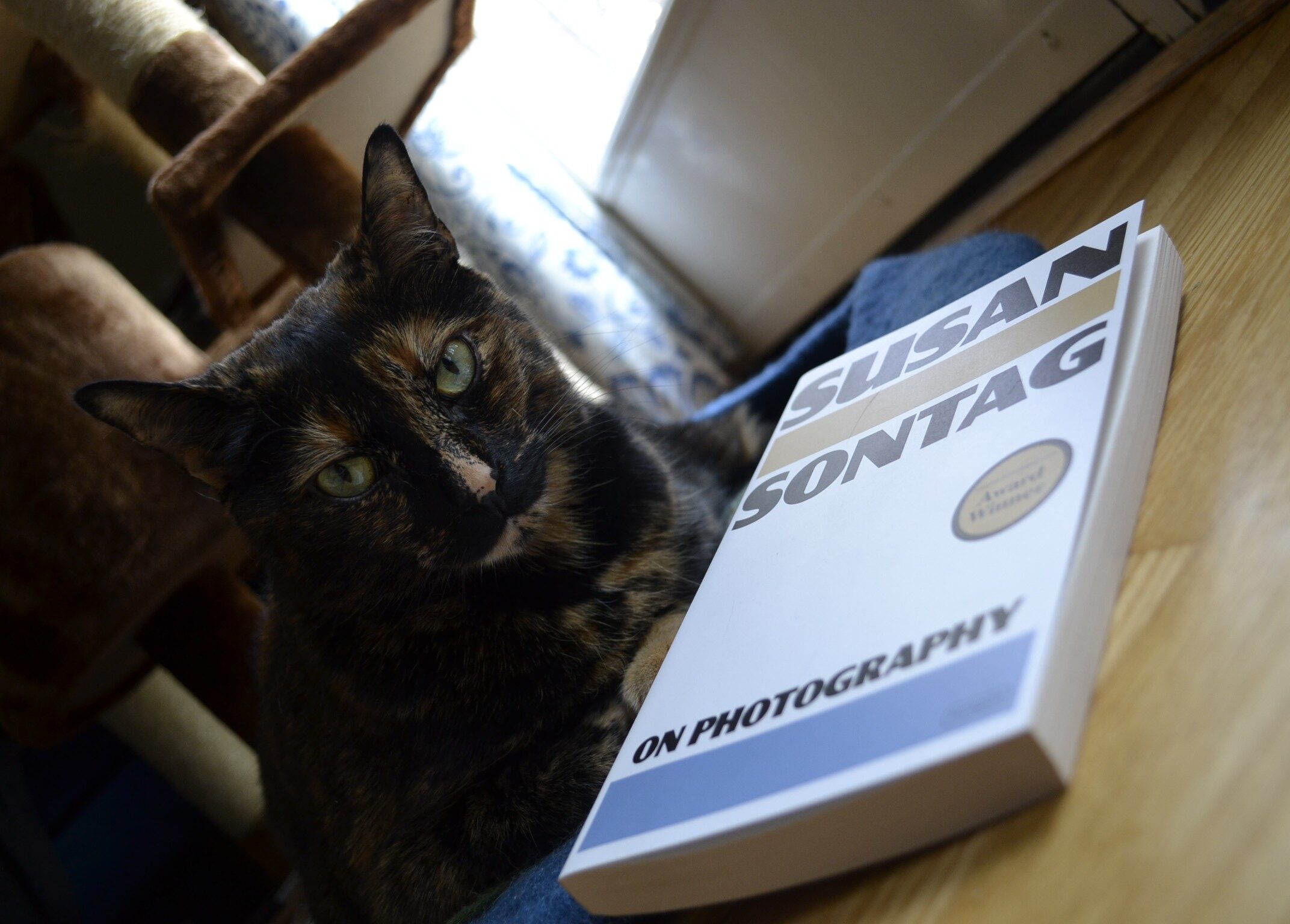Relentless
It’s been one of those weeks. I made the schedule and I thought it looked empty. But then it didn’t end up being empty. It ended up being full of crappy news from home that I’m still trying to process. It hasn’t been easy. In fact, I’ve mostly spent my time with my brain in shutdown in front of endless reruns of Judge Judy while my poor lovely spouse worried. I am so grateful to be in therapy. Without it, I probably wouldn’t start to be able to pull myself together until at least another week of being stuck in an endless cycle of daytime TV had gone by.
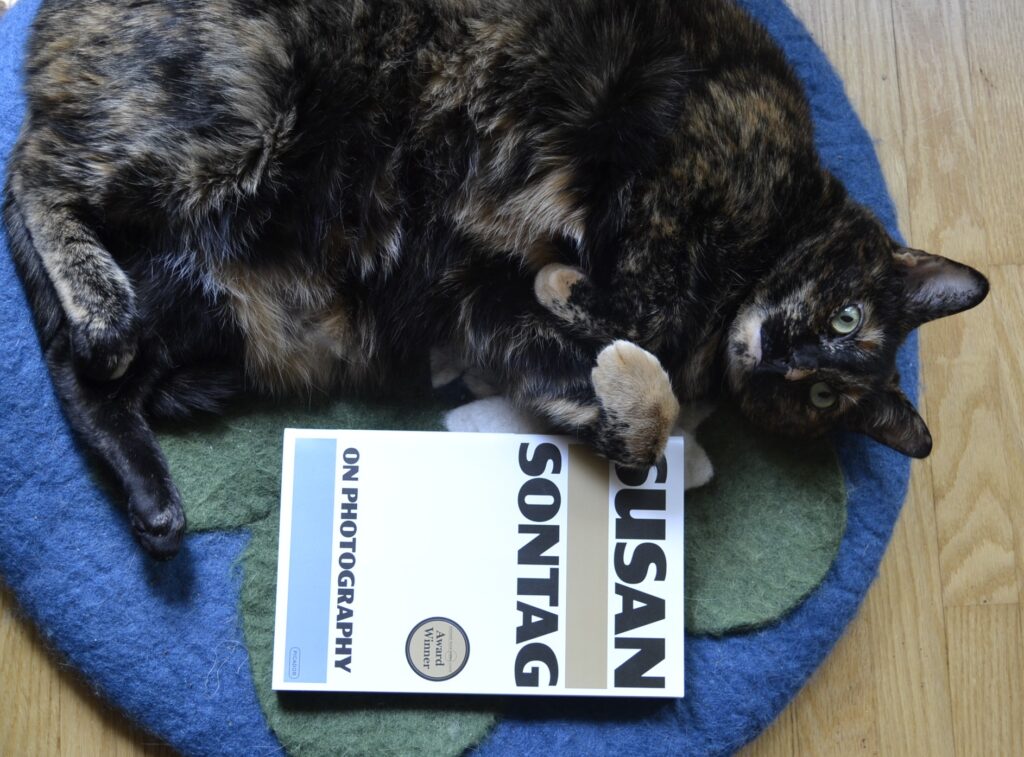
The Pull of Susan Sontag
I don’t know when I absolutely first became aware of Susan Sontag and her work. Hers is one of those names that is constantly mentioned — especially if you read literary essays or are generally interested in the New York City art scene in the 1970s through the 1990s. I think I first determined to actually read something she’d written when I read Gary Indiana’s opinion about her, said loudly and snidely in his essay collection I Can Give You Anything But Love.
Reality is, for the most part, a great disappointment. Susan took it as a personal insult.
—Gary Indiana on Susan Sontag in I Can Give You Anything But Love
Indiana paints a picture of a very angry, bitter woman who is very angry at life itself. And, for the record, I haven’t read enough about Sontag to know if that is in any way true. But Indiana also cannot deny her brilliance. When I saw her most famous book — On Photography — at my local independent bookstore, I immediately bought it. And I can see why she is still referenced nearly every time someone writes about photographs and the photographer’s eye.
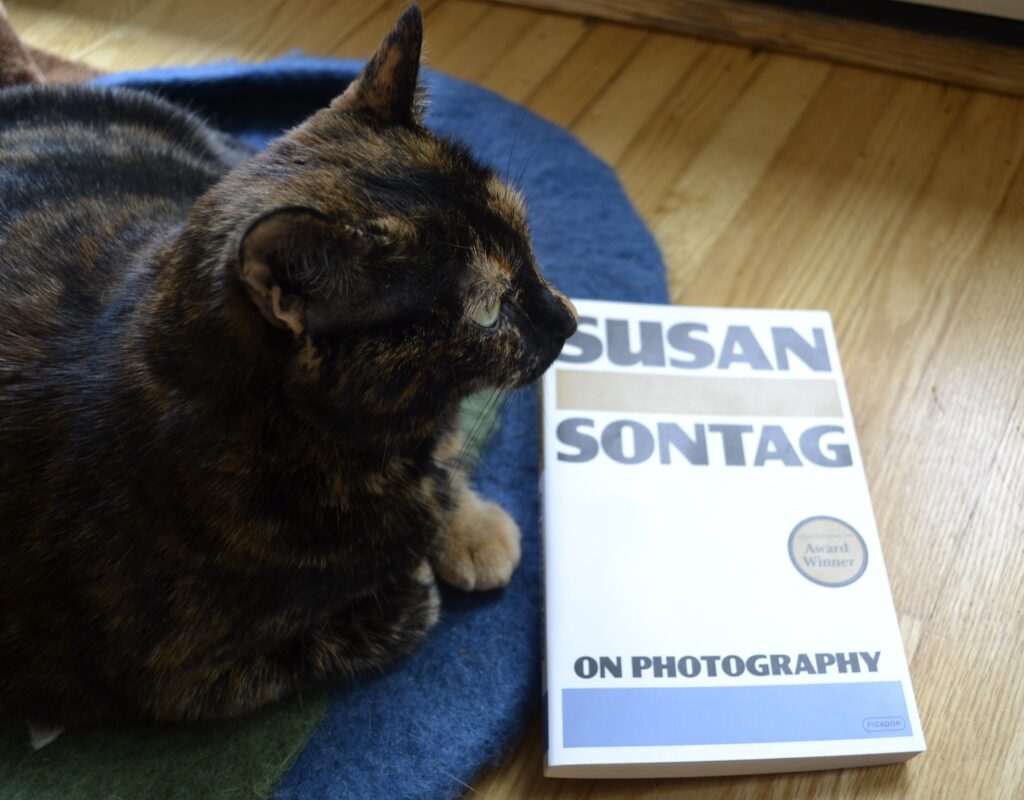
The Power of Photography
I think it’s important to note, that On Photography is not an essay collection that is easy to get through. Sontag’s writing can be dry. It can be difficult to follow some of her arguments and just her sentence structure. But, if you persist, you will be rewarded. Sontag has carefully constructed several compelling statements on what makes a photograph and the influence that photography has had on everyday life. She also goes on to discuss photography as an art form and the artists that have expanded just what a photograph can be and the subject that is worthy to have their image captured. She extensively discusses this in the context of the work of Diane Arbus and also of Michael Lesy’s Wisconsin Death Trip.
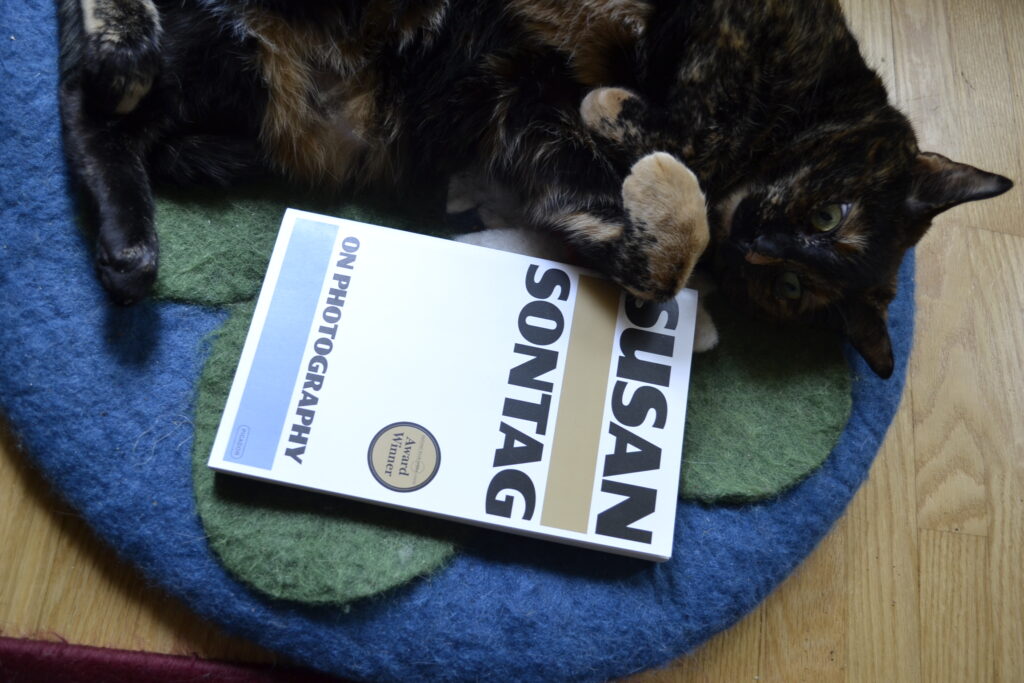
However it is important to note that, while this book has a lot to offer, it has its drawbacks. Mainly in the discussion of Chinese and other Asian cultures that it is clear Sontag knows little about. It wouldn’t be publishable now, and it’s important to note that these ideas and Sontag’s assumption that she has the authority to speak about traditions so far outside of her experience are products of their time. And privilege. And colonialism.
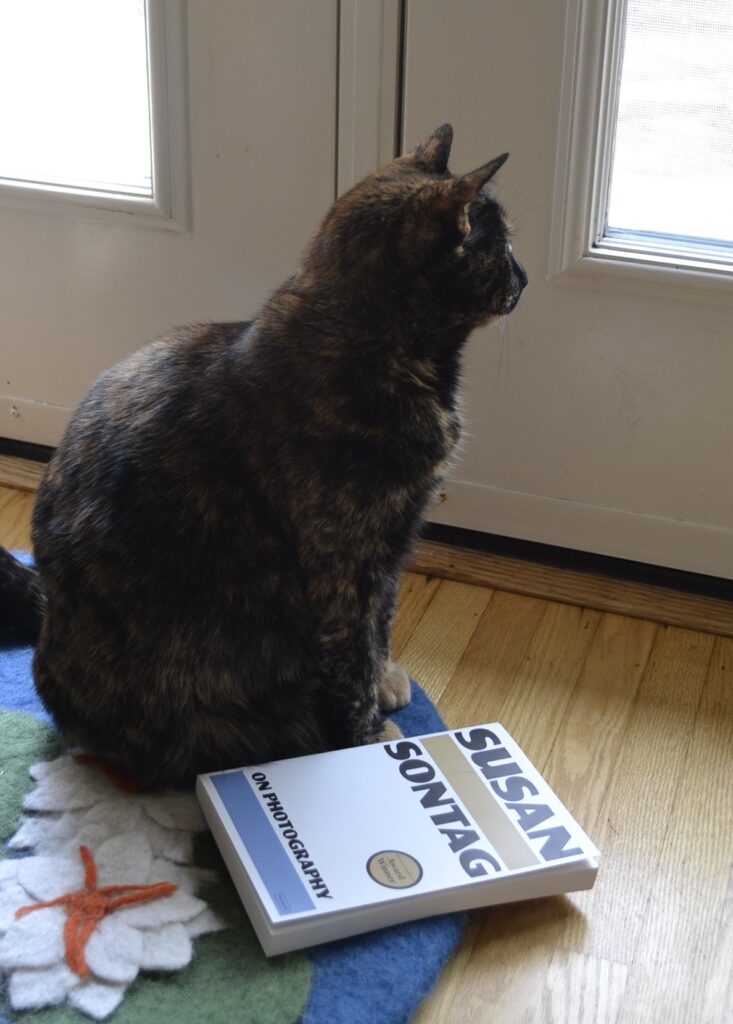
Further Reading
I really wish the edition I had included some examples of the works she references. I think it would have added to the reading experience. I had to research some of the photographers and their body of work. I ended up actually finding books of Arbus’ work and Lesy’s. I enjoyed the further reading quite a bit, but I realize that it means that the book in and of itself isn’t very accessible.
I would recommend knowing some basic principles of photography and being willing to read a bit of extra material in order to get the most out of these essays. All the same, I am looking forward to the other books of Sontag’s I have in my to-read stacks.
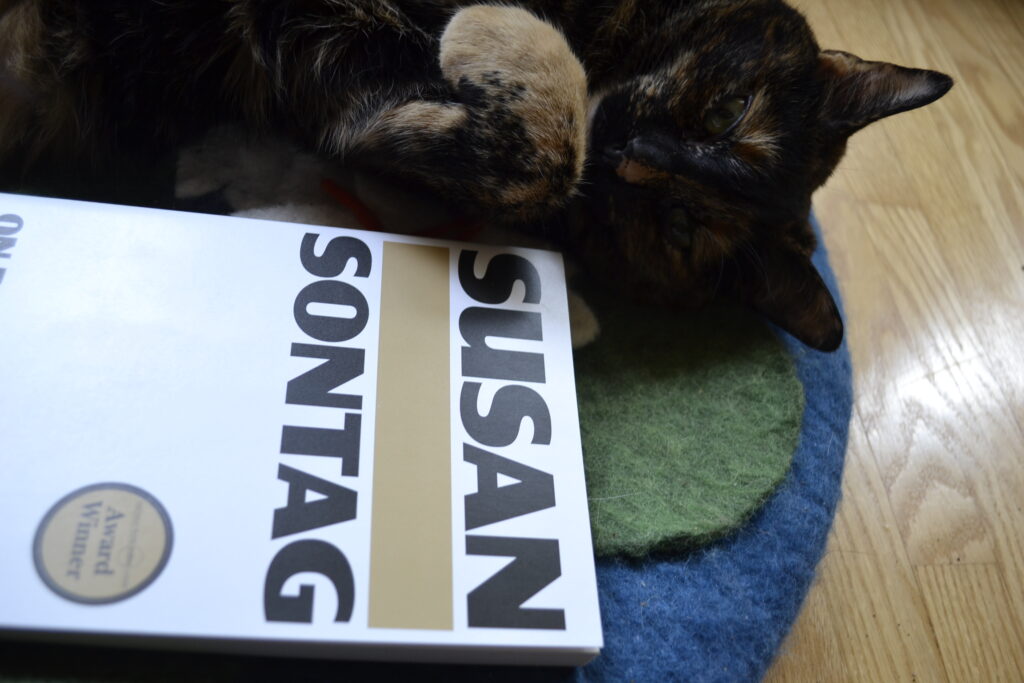
Butterflies
We actually just blew off work and took the time to go hiking today and I am so happy we did. We got to touch grass and see some of the gigantic monarchs that are starting to flutter around the countryside. Plus there were birds and wildflowers and all of the glorious small things that make life beautiful.
